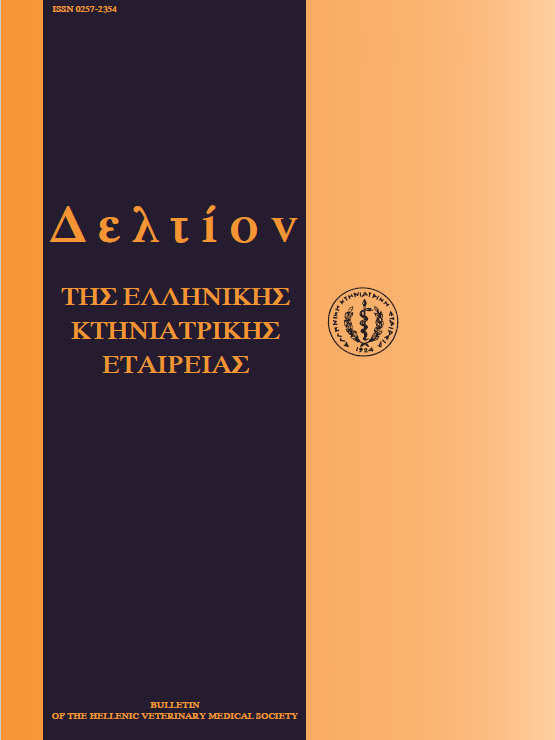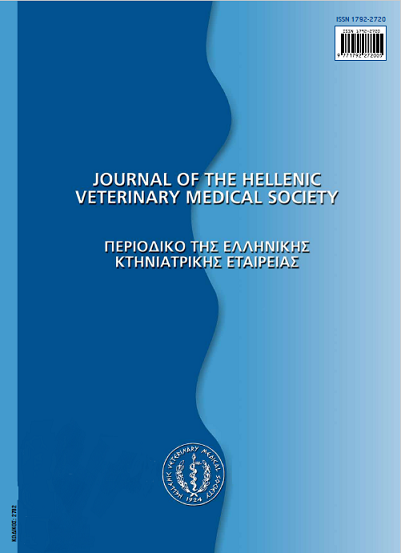Some physicochemical characteristics of cotton and citrus Greek honeys

Abstract
Water content, pH, acidity, reducing sugars, apparent sucrose, hydroxymethyfurfural (HMF) content and diastase activity of cotton and orange honeys from different places of Greece have been measured. Samples in all the measured characteristics have been found to comply with the limits given by the E.U. Directive 74/409. These values were in agreement with those reported by other Greek researchers. Statistical analysis of the sample means of the physicochemical data showed that the two types of honey differ statistically in all the characteristics except that of apparent sucrose in which no significance was observed in the 0.05 level.
Article Details
- How to Cite
-
BACANDRILSOS (Ν. ΜΠΑΚΑΝΔΡΙΤΣΟΣ) N., PAPADOPOULOU (Π. ΠΑΠΑΔΟΠΟΥΛΟΥ) P., VAVOULIDOU (Ε. ΒΑΒΟΥΛΙΔΟΥ) F., & TSIROYIANNIS (Β. ΤΣΙΡΟΓΙΑΝΝΗΣ) V. (2018). Some physicochemical characteristics of cotton and citrus Greek honeys. Journal of the Hellenic Veterinary Medical Society, 51(3), 200–204. https://doi.org/10.12681/jhvms.15675
- Issue
- Vol. 51 No. 3 (2000)
- Section
- Research Articles

This work is licensed under a Creative Commons Attribution-NonCommercial 4.0 International License.
Authors who publish with this journal agree to the following terms:
· Authors retain copyright and grant the journal right of first publication with the work simultaneously licensed under a Creative Commons Attribution Non-Commercial License that allows others to share the work with an acknowledgement of the work's authorship and initial publication in this journal.
· Authors are able to enter into separate, additional contractual arrangements for the non-exclusive distribution of the journal's published version of the work (e.g. post it to an institutional repository or publish it in a book), with an acknowledgement of its initial publication in this journal.
· Authors are permitted and encouraged to post their work online (preferably in institutional repositories or on their website) prior to and during the submission process, as it can lead to productive exchanges, as well as earlier and greater citation of published work.



